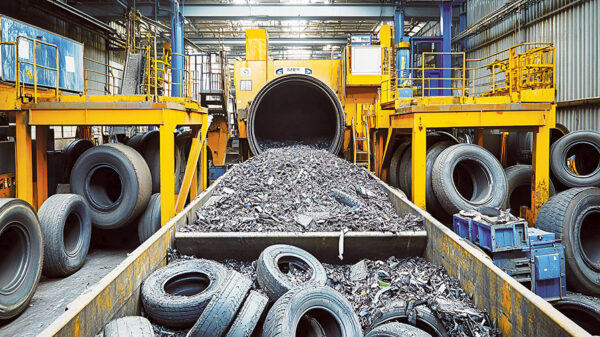Veolia North America, a provider of environmental solutions in the U.S. and Canada, has partnered with Today’s Power, Inc. to install a five megawatt (MW) single-axis tracking solar energy system at its hazardous waste treatment facility in Gum Springs, Arkansas. The solar array is expected to produce over 250 million kilowatt hours over the next quarter century, making the Gum Springs plant the only one of its kind in the U.S. to capture and generate as much power as it uses on an annual basis.
The solar facility will be operational by the fourth quarter of 2024. The electricity from the solar panels will be used to meet the facility’s daily demands, with any excess going to feed the region’s main grid, leading to net zero electricity consumption.
The project will make significant contributions to decarbonization, producing over 250 million kilowatt hours of electricity – equivalent to the annual consumption of 25,000 homes – and offset carbon output by 105,000 tons over the next 25 years. Along with the solar installation, Veolia is taking several other initiatives to reduce its impact on the environment at Gum Springs, including a plan to reforest nearly 1,500 acres surrounding the property to sequester carbon emissions, provide protection for local habitat and prevent erosion.
“This investment to bring clean, renewable power to our Gum Springs operation is a reflection of Veolia North America’s commitment to environmental sustainability and leading the ecological transformation,” said Bob Cappadona, president and chief executive officer of VNA’s Environmental Solutions and Services division, which oversees the Gum Springs project.
Veolia currently employs 136 people at the Gum Springs facility, an increase from 61 employees when the company began operating in Clark County in 2020. The company expects to employ over 200 people at Gum Springs by 2025.
To make room for the new solar panels, Veolia recently cleared a 30-acre lot across the street from the facility. The cleared timber, amounting to over 4,300 tons of mixed hardwood and pine timber, was harvested for building materials which sequester carbon.







